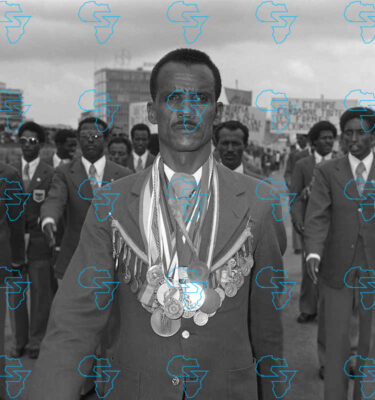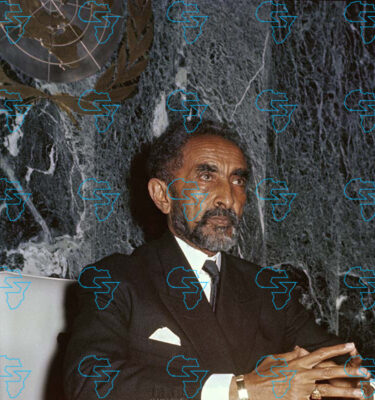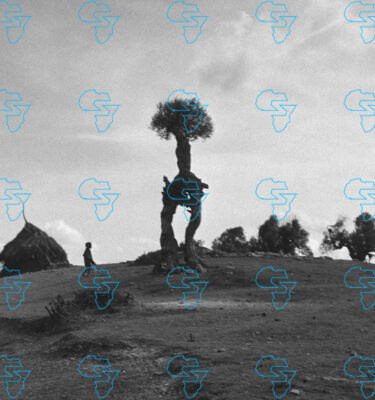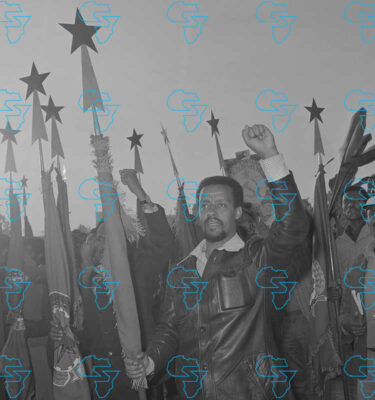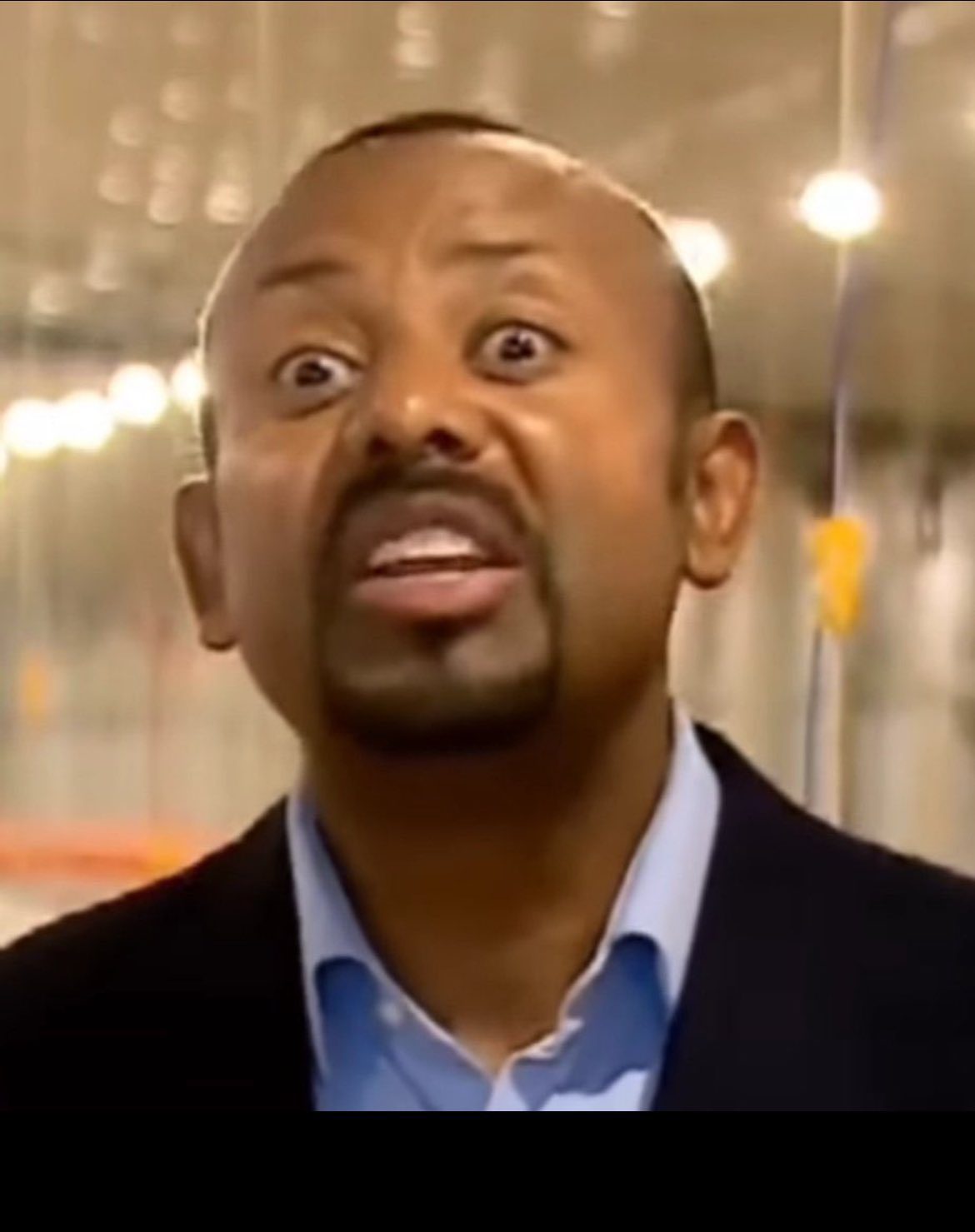
Tsegaye Tegenu, PhD
2025-01-05
To begin with, what are the problems facing the country right now? Are you able to clearly identify and articulate them? Here are some tips to help you:
- Start by identifying the country’s problems in connection with broader themes such as peace and stability, social inequalities or cohesion, economic challenges at both individual and systemic levels, political governance or unrest, cultural identity or conflicts, and external influences.
- Reflect on how these issues have manifested. Are they micro-level challenges affecting individuals and communities, macro-level dilemmas shaping national policies and direction, or external factors driven by global forces or foreign relations?
- By exploring these dimensions, you can gain a deeper understanding of the complexity of the country’s situation and work toward meaningful progress.
It’s usually advised to focus on the major problems first while keeping the broader dimensions in mind for reasons of resource efficiency, clarity and prioritization, and for a broader guide. The question is what qualifies as a “major problem” often depends on one’s perspective, priorities, and lived experiences. Since this subjectivity can complicate efforts to prioritize and address issues effectively, it is important to list all problems first to encourage inclusive dialog.
Engaging diverse stakeholders—such as local communities, policymakers, and experts—can help identify shared priorities and ensure inclusive understanding. Addressing major challenges often reveals links to secondary issues, enabling more comprehensive solutions.
In my case I have tried to identify 40 plus recurrent problems facing the country. The following issues have occurred repeatedly over time in the past two decades: inflation, unemployment, under employment, hunger, informal economy, economic recession, balance of payments problems, financial crises, public debt crisis, exchange rate volatility, low productivity growth, high unemployment rates, income inequality, economic vulnerability, slow industrialization, regional disparities, speedy urbanization, poor innovation and competitiveness, environmental degradation, water shortages, food insecurity, energy crises, access to land, economic instability, social unrest, conflicts, low health coverage, poor living conditions, food insecurity, low educational attainment, economic vulnerability, social exclusion and marginalization, intergenerational poverty, inequality, economic disparities, outmigration, infrastructure gaps, social inequities, environmental degradation, political discontent, educational disparities, inefficiency and poor service delivery, low public trust and confidence, economic stagnation, social inequities, political conflicts, lack of accountability, poor crisis response, legal and regulatory failures. See Ethiopia Needs Long-term National Development Plan (Part Three)
How has the nation tried to address the problems?
My observation is that the country has faced path-dependent challenges in effectively addressing its 40 plus recurrent problems due to reliance on approaches that lack the necessary depth, inclusivity, and practical implementation.
During the time of the military regime (Derg), the government used catchy slogans, such as Ethiopia Tikdem (Ethiopia First), the Ediget Behibret Zemecha (Development through Cooperation Campaign), to inspire or unite the people around the goal of national development. While such slogans could generate enthusiasm among the youth, they lacked practical planned frameworks for implementation. The slogans oversimplified complex issues, offering no clear roadmap for addressing them. There was excessive reliance on slogans to create a perception of progress without real impact.
During the time of EPRDF, there began the use of ethnicity and political ideologies to mobilize support and consolidate power. The emphasize on ethnicity not only lead to inequality, but also created division among the society hindering national unity and collaborative problem-solving. The ethnic ideology and mobilization gave advantageous to certain groups while ignoring the deeper structural problems facing the country.
Along with catchy slogans, we also observed theoretically inspirited vision such as poverty alleviation programs. Theoretical frameworks often focus on high-level principles often disconnected for ground realities, such as resource constraints, cultural nuances, or local challenges. They lacked step by step execution plan and practical feasibility.
What is an alternative solution to addressing the problems facing the country
To create a focused, effective, and achievable implementation framework, I divided the 40 plus recurrent problems into the categories of short-term (0-2 years), medium-term (3-5 years), and long-term (6 plus years). No country has unlimited resources—whether financial, human, or institutional capacity. Dividing the problems into short-, medium-, and long-term categories allows for better allocation of limited resources to the most urgent and impactful issues first.
To move beyond the limitations of slogans, ethnicity, ideology, or theoretical constructs, the country should adopt a step-by-step implementation framework that emphasizes the followings:
–Short-Term Wins: Address critical issues like creation of peace, ensuring food security, control inflation and currency volatility, manage public debt, stimulate employment. Provide targeted subsidies or tax incentives for sectors can absorb unemployed labor. Controlling inflation, stabilizing the currency, and managing debt restore investor confidence, improve purchasing power, and create a foundation for growth. These problems have visible, immediate consequences. Solving them quickly creates breathing room to address deeper issues in the medium and long term.
–Medium-Term Reforms: Improve education, enhance healthcare, infrastructure development, addressing regional disparities, combat corruption and promote accountability, and environmental management (such as deforestation). Education and health investments improve labor productivity and innovation capacity. Building roads, water supply systems, and energy grids takes time but is essential for economic growth. Addressing inequalities between regions requires coordinated planning and resource allocation. Strong institutions create an environment where businesses can thrive, trust in governance increases, and resources are allocated more efficiently.
The mid-term reforms require planning, funding, and institutional capacity that may take several years to develop. They build the foundation for solving long-term systemic problems.
–Long-Term Vision: Achieve structural transformation, large-scale farming, foster economic diversification and industrialization, creation of meritocracy bureaucracy, and reduce inequalities among people and places. Diversification reduces vulnerability to external shocks, while industrialization fosters job creation, economic growth, and technological advancement. Balanced regional development reduces internal migration pressures, promotes social cohesion, and maximizes the nation’s economic potential.
These long-term reforms are complex and require time to design, implement, and see results. They often depend on the success of short- and medium-term interventions (e.g., a stable economy and skilled workforce are prerequisites for industrialization).
Dividing the 40 plus recurrent problems into short-, medium-, and long-term priorities ensures that the country can stabilize immediate crises, address systemic issues, and achieve transformational change in a structured, efficient, and sustainable way.
If you want to incorporate this step-by-step solution framework to elements of a vision, mission, goals, and strategies, please see
All-in-one-platform for Creating Post-scarcity Economy in Ethiopia
Ethiopia Needs Long-Term National Development Plan
Sunday smile!
Aren’t you married to the smile of a mother who saw her son on video after 6 years?
I could not control my tears! pic.twitter.com/Ay3tRJ1wwm
— Abrar Suleiman (@AbrarSuleiman) January 5, 2025
.
.
.
#Solve #Problems #Facing #Ethiopia
Source link




